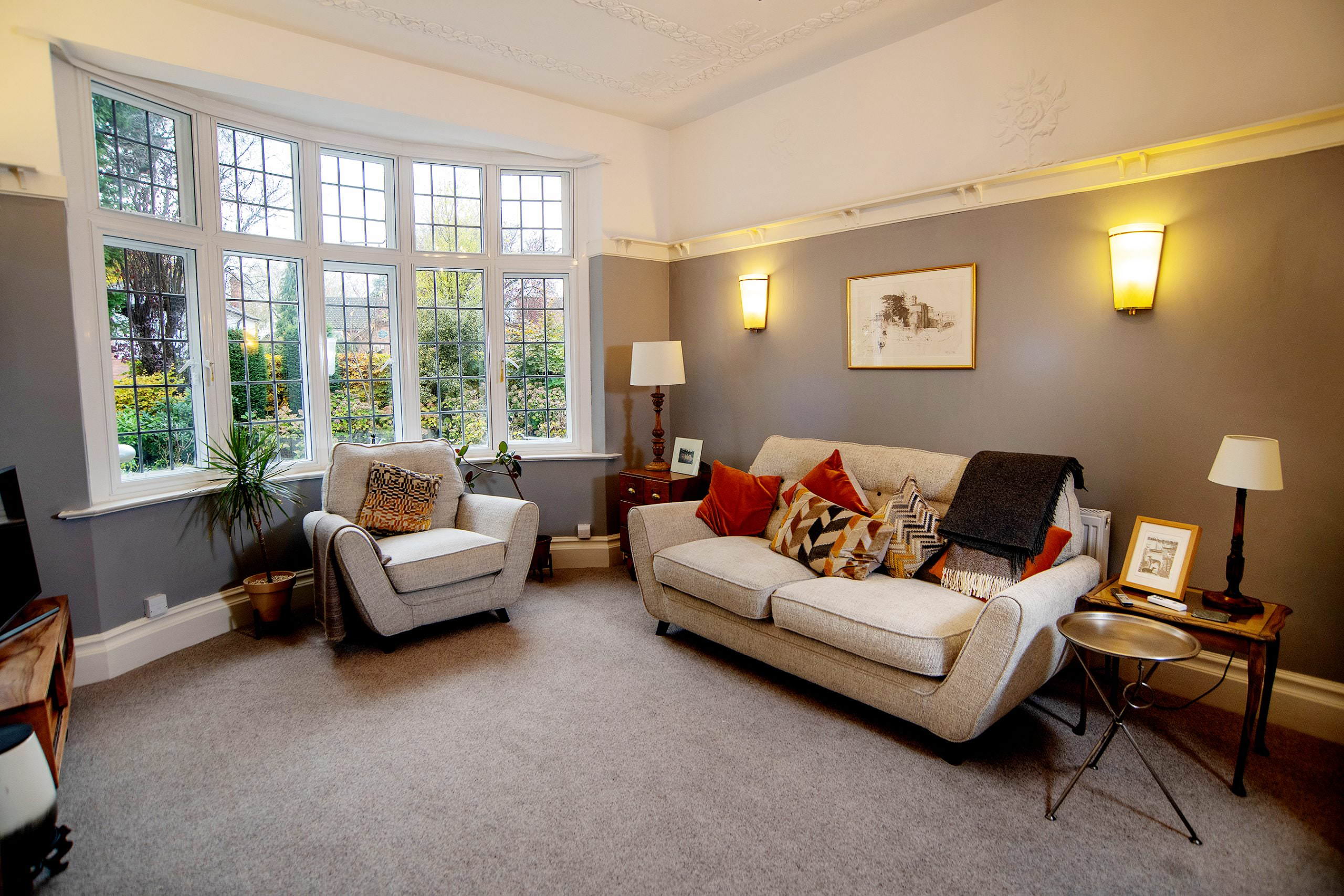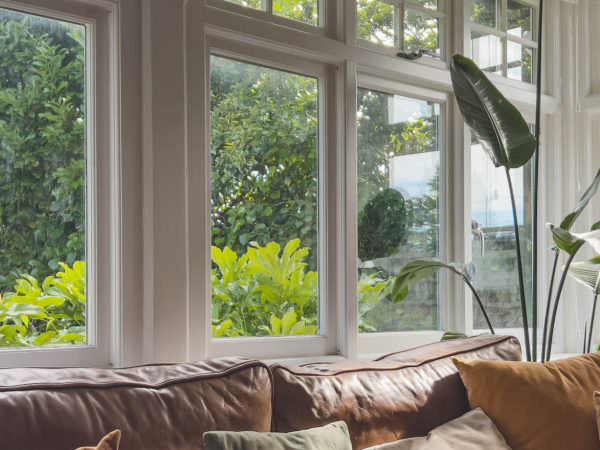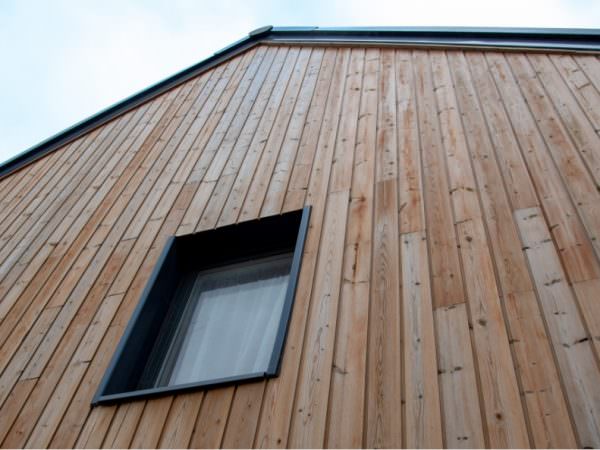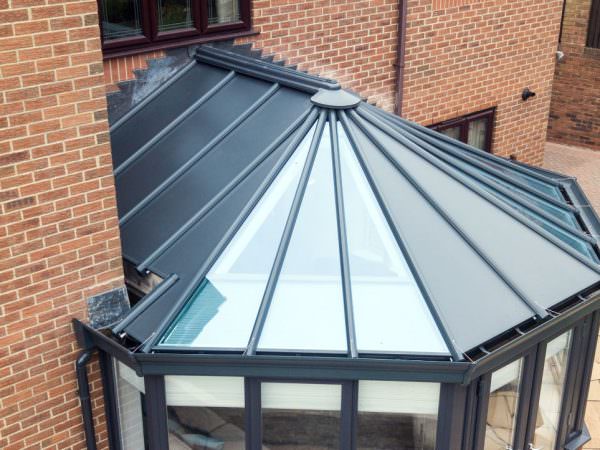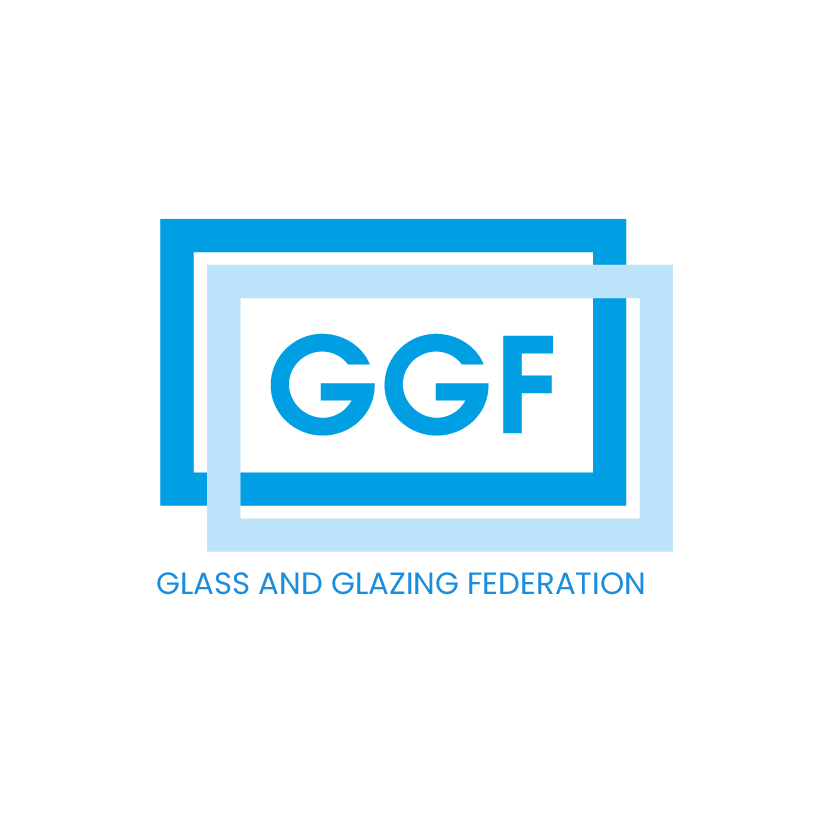Introduction & Styles
Discreet, powerful, and efficient. Secondary glazing is the ultimate solution for Listed Buildings and homes suffering from extreme noise pollution.
Unlike replacement double glazing, secondary glazing involves adding a slimline aluminium frame to the room side of your existing window. This creates a “double window” effect that offers superior acoustic performance and stops draughts instantly, all while preserving the external character of your property.
80% Noise Reduction
By creating a 100mm+ air gap and using acoustic glass, we can reduce traffic noise by up to 54dB.
Heritage Approved
The #1 choice for Grade II Listed buildings in Hampshire. It is reversible and usually requires no planning permission.
Stops Draughts
Eliminates the cold spots associated with single-glazed sash windows, reducing heat loss by up to 65%.
Aluminium Profiles & Opening Styles
Aluminium Secondary Glazing
We supply and install bespoke units manufactured right here in the UK. Made from robust, lightweight aluminium, our frames are designed to align with your existing window sightlines (glazing bars), making them virtually invisible from the outside.
Opening Styles Available:
- Vertical Sliders: Perfect for traditional sash windows.
- Horizontal Sliders: Ideal for casement windows.
- Hinged Units: For fire escapes and easy cleaning.
- Lift-Out Units: The most cost-effective solution for windows rarely opened.
Stadip Acoustic Secondary Glazing Glass for the Best Performance
Glass Specification
The gap between the windows does the heavy lifting, but the glass specification is critical. At KJM, we recommend Stadip Silence, a specialist laminated glass from Saint-Gobain.
It features a PVB acoustic interlayer that acts as a dampening core, absorbing sound energy and preventing vibration. When combined with a 100mm – 200mm air cavity, this setup outperforms standard triple glazing for noise reduction.
Learn More
Knowledge Hub Menu
📚 Secondary Glazing Knowledge Hub
Not sure if it’s right for you? Read our expert guides on performance, costs, and planning rules:
Tilt-Back Vertical Sliders
Designed to match existing sash windows, our tilt-back balanced vertical sliders are one of our most popular products in Hampshire. They feature pre-tensioned spiral spring balances, which reduce the effort required to slide the heavy glass panels up and down, holding them securely in any position.
Key Benefit: The unique “Tilt-Back” facility allows each panel to be released and tilted inwards. This makes cleaning the back of the glass (and your original window) incredibly easy.
Horizontal Sliding Units
Highly versatile and available with two, three, four, or even five panels, horizontal sliders are perfect for wider casement windows or large glazed areas. The panels glide smoothly on brass rollers within the aluminium frame.
Key Benefit: Because the panels slide horizontally, they provide easy access to your outer windows for ventilation without interfering with blinds or curtains.
Hinged and Lift-Out Units
Butt Hinged Units: Ideal for fire escapes or doors, these open inwards like a standard door. They offer a completely clear opening with no central bars, making them perfect for treating large clear glass areas or patio doors.
Lift-Out Units: The most cost-effective solution. A removable panel sits within its own outer frame. An integral finger lift bar allows you to lift the panel out entirely. These offer the tightest seal against draughts but are best suited for windows you do not open frequently.
Secondary Glazing Prices Andover & Hampshire
Thinking about secondary glazing? Secondary Glazing prices?
Secondary glazing generally costs less than having double glazing installed, and the installation is more straightforward, less messy, and quicker. Thus, you can reap the benefits of double glazing while keeping your home’s personality.
Quoting is easy. You can use our online bespoke quoting engine for an instant price. We can advise and price for you without a home visit. The made-to-measure secondary glazing will fit perfectly in your home. Contact us today for a secondary glazing quote for Andover, Hampshire, and the surrounding areas. All of our secondary glazing quotes come with no hassle, allowing you to decide in your own time.
Secondary Glazing FAQ's
To what extent does secondary glazing reduce sound pollution?
Correctly specified secondary glazing (with a 150mm air gap and acoustic glass) can reduce noise by over 50dB. This is significantly better than standard double glazing, which typically offers around 30-33dB reduction.
Is secondary glazing as good as double glazing?
For noise reduction, it is better than double glazing. For heat retention, modern double glazing is slightly more efficient, but secondary glazing is a close second (reducing heat loss by ~65%). For convenience, double glazing is easier to open, but for heritage homes, secondary glazing is often the only legal option.
How much does secondary glazing cost?
Secondary glazing is generally cheaper than full window replacement because there is no “ripping out” involved. Lift-out units are the most affordable, while counter-balanced vertical sliders are the premium option.
Quoting with KJM is simple. All we need is a photograph of the existing window and some sizes. We can advise and price for you without a home visit. If you are looking for an instant price for any of our double glazing windows, then you can use our free quoting engine for an instant price.
What does secondary glazing look like?
Simply put, it is panes of glass in an aluminium frame fixed to your window that reveal the inside face of your window frame. The first scenario is ‘reveal fixed,’ and the second is ‘face fixed.’ The units can be sliding, hinged, or lifted out. A secondary glazed window means leaving the existing primary window in place and adding a second window. A terrific benefit for those in traditional homes. Adding a secondary window panel will enhance your home immensely.
Does secondary glazing add value?
Yes. For period properties, retaining the original timber windows maintains the home’s character and value. Adding secondary glazing makes the home livable, warm, and quiet, removing the primary objection (“it’s too cold”) that buyers often have with older homes.
